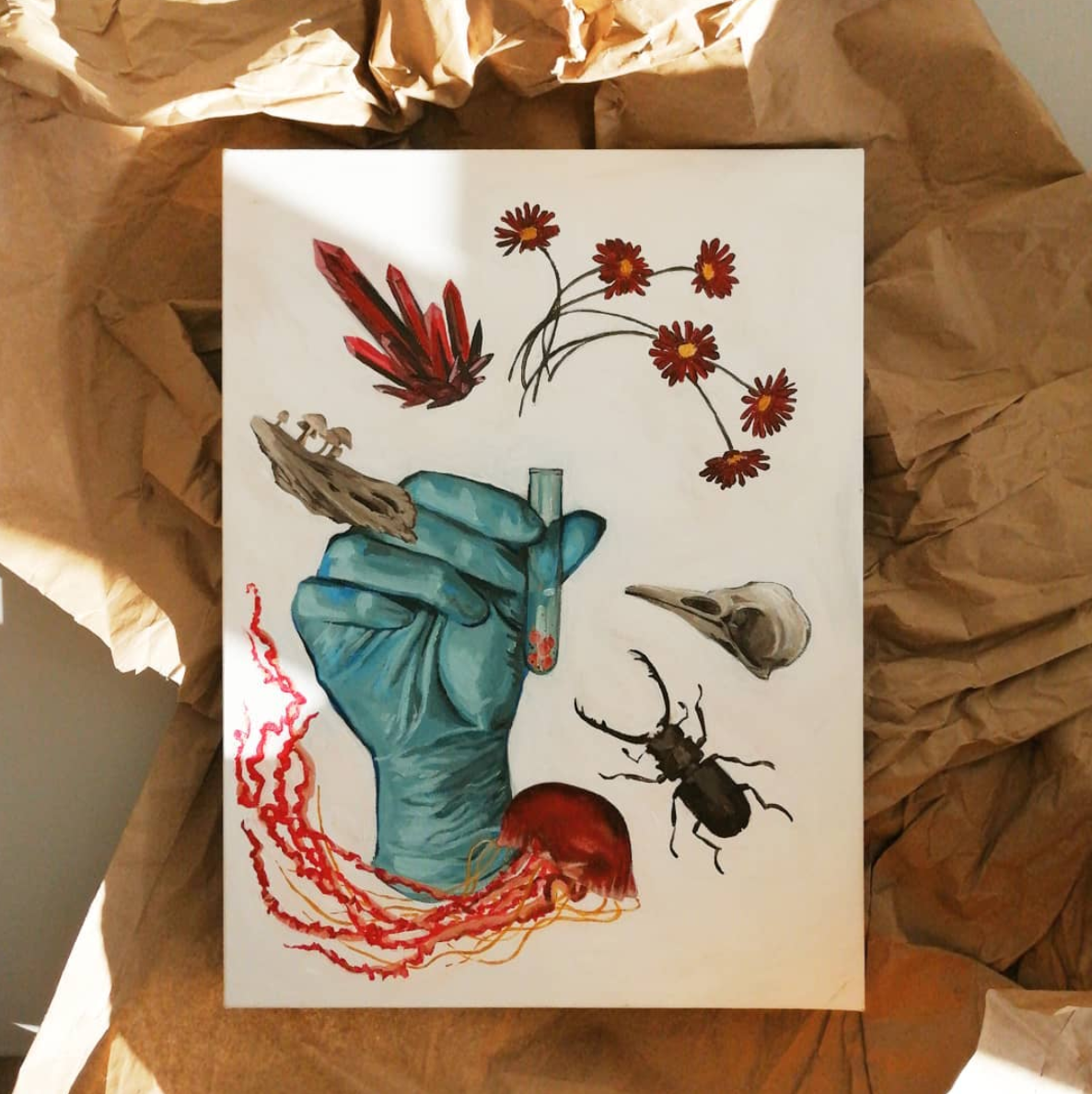The sensory system that processes touch is called the somatosensory system. This system also detects and relays information about proprioception (how your joints are positioned), temperature, internal organs, and some chemical stimuli (like capsaicin, found in hot chili peppers). All this sounds relatively straight forward, but this field has been changing really rapidly! (1) Textbooks […]
“You should spend more time thinking about the clinical significance of your project.” – a comment I received while presenting my research proposal. Finding relevance to your research is great for getting funding, but if money isn’t a concern then maybe conduct more exploratory research:A study from 2018 found that many impactful medication (80% of […]
These are cells that can be found throughout the brain, like in the cortex, hippocampus, and amygdala. They are excitatory cells (vs. inhibitory), meaning they tend to make the neurons receiving its signals more likely to release neurotransmitters (“excited”). Pyramidal neurons can differ a bit in shape and this is thought to represent different subtypes. […]
Stellate ganglions (aka the cell the giant axon in a squid). Most biology students are familiar with this cell since the first recording of neuron’s activity was done with it in the 1930’s (by Hodkin and Hukley who later received a Nobel Prize for the experiment). But why did they use a squid? Because they […]
Saliva! There are so many molecules that make up your saliva. Did you know? Saliva has all sorts of enzymes for helping with digestion, and many may be from bacteria, not our glands! [1] (Apparently, studying the saliva is sometimes called “salivaomics,” and there are some cool research here, like using saliva as an indicator […]
Funny words and phrases used in science: flp off (n, “flip – off”) : genetic technique to repress a specific protein expression in certain cells catch virgins (v) : isolating virgin animals (usually fruit flies) for upcoming experiments lickometer (n, “lick – ah – meter”) : a device used to quantify when animals are drinking […]
Dopamine. This neurotransmitters is well known for being involved in processing reward. I recently read about dopamine being used for something similar in a fruit fly, so I tried to look up if maybe dopamine use is evolutionary conserved. First, multiple introductions from studies using fruit flies suggested conservation [ex: 1]. So I then I […]
DNA can jump around. These segments of DNA that move around within the genome are called “transposons.” When the human genome project was completed, >45% of our genome was found to contain DNA segments from transportable elements [1]. Insertion rates of transposons can be estimated, which revealed a varying rate with several peaks throughout primate […]
Science has fads and trends. Researchers don’t really like admitting this because it makes the science seem less credible. But these trends are backed with evidence and when it’s interesting, more people study it. When a topic is exhausted with the current technology (or when the initial high hopes are dissolved with mediocre findings), the […]










Recent Comments